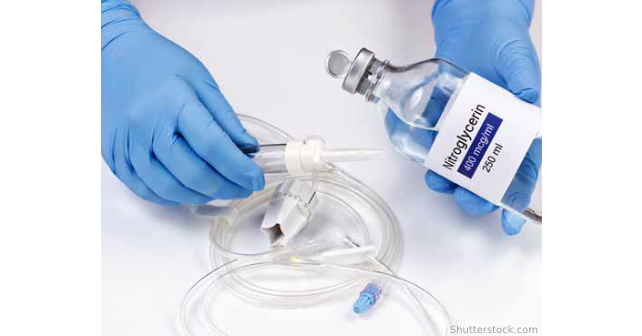
The current acute management of patients with acute decompensated heart failure (ADHF) in florid pulmonary edema barely resembles the management I observed during medical school over a decade ago. Patients routinely roll into the emergency department (ED) with the loud whistle of prehospital non-invasive ventilation (NIV) machines. The early prehospital and ED use of NIV has made intubation of patients with pulmonary edema from ADHF uncommon. Morphine, once doled out in ADHF for vasodilatory properties and sympathetic nervous system, has been abandoned in ADHF due to observations of harm.1,2 Bedside ultrasounds are wheeled into rooms to confirm diagnoses and initiate treatment in a matter of minutes and prior to portable chest radiographs. Physicians may order nitroglycerin to be dosed in milligrams and nurses may hang nitroglycerin drips with initial rates >200 μg/min without balking at the dose.
Explore This Issue
ACEP Now: Vol 42 – No 02 – February 2023Recently, the American College of Emergency Physicians clinical policy committee released updated guidelines on the management of acute heart failure syndromes that reflect some of these changes.3 Three of the four recommendations in the clinical policy are probably standard in most EDs.
- Point-of care lung ultrasound is sufficiently accurate and can be used in conjunction with the history and physical exam to diagnose acute heart failure (Level B).
- Physicians may consider early administration of diuretics in patients with acute heart failure syndromes, provided the clinician is certain about the diagnosis and the patient has signs of volume overload (Level C).
- Physicians should not rely on current heart failure risk stratification tools to identify patient that can be directly discharged home from the ED. However, several tools may be used to identify high risk patients that should not be discharged home such as the Ottawa Heart Failure Risk Scale (OHFRS; Level B), the Emergency Heart Failure Mortality Risk Grade for 7-day mortality (EHMRG7) or the STRATIFY decision tool (Level C). These tools are neither sufficiently sensitive nor specific to be used as the sole criteria for decision-making.
The remaining recommendation, however, may be less routine, depending on local practice patterns and training. The new ACEP clinical policy includes a recommendation that we consider the use of high-dose nitroglycerin in hypertensive patients with ADHF, albeit as a consensus recommendation. This is consistent with a recommendation from the European Society of Cardiology that nitroglycerin can be given as 1–2 mg boluses in severely hypertensive patients with acute pulmonary edema.4 The use of nitroglycerin in AHDF is not new—it is the most commonly used vasodilator. However, there is little consensus regarding starting dose for nitroglycerin. Infusions are often initiated at 5-10 μg/min and then titrated up for effect.5 However, the additional benefit of afterload reduction, which is beneficial in ADHF, only comes at higher doses. As a result, there has been interest in using high-dose nitroglycerin early in the treatment of ADHF presenting with significantly elevated blood pressures.
Pages: 1 2 3 | Single Page




No Responses to “High Dose Nitroglycerin in Acute Heart Failure Goes Mainstream”